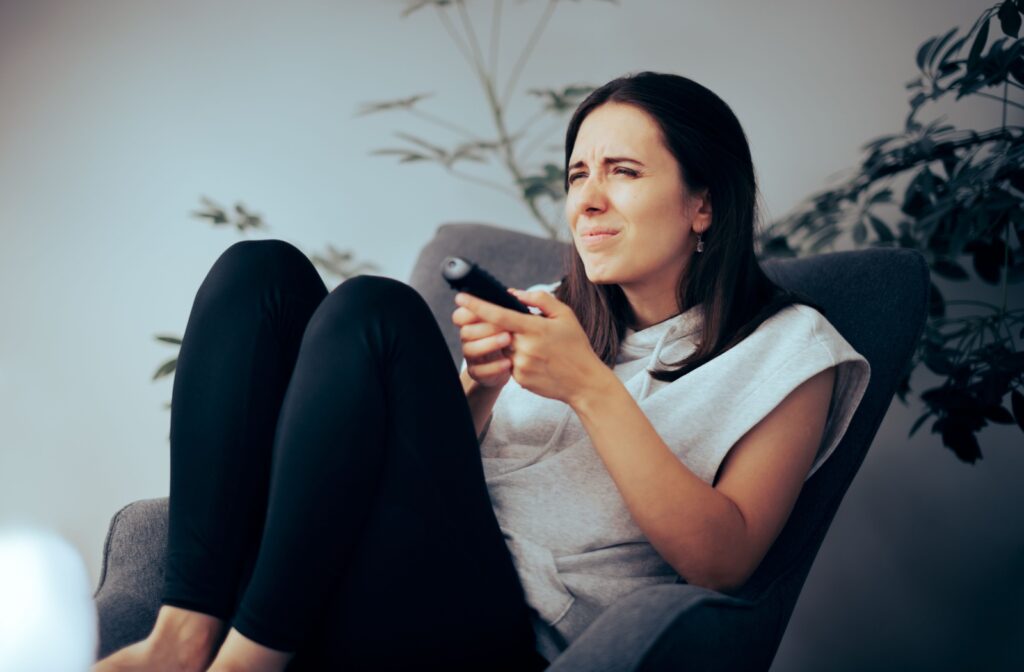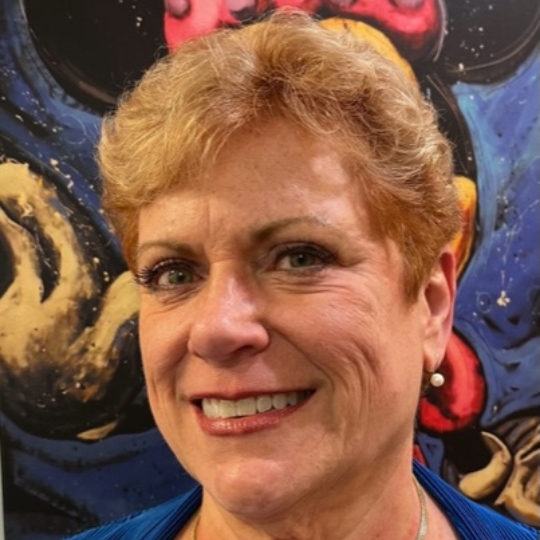At our practice, we understand that unclear vision, headaches, and tired eyes are a normal part of the day for many families. Recognizing when these symptoms suggest that someone may need glasses is the first step towards clearer vision.
The surest way to know if you need glasses is to pay attention to common signs of vision change and to schedule a comprehensive eye exam.
Common Signs Your Vision Has Changed
If you experience any of these common symptoms, this could be a sign that your eyesight needs a little support:
- Blurry words on a page or screen
- Difficulty seeing objects in the distance, a key symptom of nearsightedness
- Frequent headaches, especially after you read or use a computer
- Tired or sore eyes
- A frequent need to squint to see clearly
- Trouble seeing while you drive at night
- Seeing halos or glare around lights
Is It Tired Eyes or Something More?
Many of us spend hours every day on digital devices. This can lead to eye discomfort and fatigue.
However, it can be hard to distinguish between temporary digital eye strain and a persistent vision problem that requires glasses. Knowing what to look for can help you decide on your next step.
Signs of Digital Eye Strain
Symptoms of digital eye strain are often temporary and go away after you rest your eyes. They happen because our eyes work harder to focus on screens
- Dry or watery eyes
- Soreness in your neck & shoulders
- A hard time to focus after you look away from a screen
When to Suspect a Vision Problem
If your symptoms don’t go away with rest or happen during non-screen activities, this may point to a need for glasses. These signs suggest a consistent change in your vision. This is different from the temporary discomfort of eye strain.
- Your vision stays blurry even after a screen break.
- You have trouble seeing street signs or the TV.
- You notice a slow but steady decline in your ability to see clearly.
Vision Changes at Different Ages
Vision changes throughout our lives, and each stage brings something new to look out for. What’s normal for a child is different from an adult, and it’s common for adults to need their first pair of glasses after age 40. Understanding age-related clues can help you support your family’s eye health.
Vision Clues in Children & Teens
Kids may not know how to explain that they can’t see well. Instead, you might notice other signs in their behavior or school performance. Catching these early with routine children’s eye exams can make a positive difference in their day-to-day experience.
Keep an eye out for the following:
- Sitting very close to the television.
- Holding books or tablets close to their face.
- Losing their place when they read.
- Squinting or tilting the head to see the board at school.

Vision in Adulthood
For adults, the first sign that glasses may be needed is often when a person has difficulty with tasks that used to be easy. For instance, you might find yourself holding a menu farther away in a dim restaurant or feeling eye fatigue at the end of a workday.
These are common experiences, often related to an age-related condition called presbyopia, that may indicate it’s time for an eye check-up.
The Role of an Eye Exam
While online tests or eye charts at home can hint at a need for glasses, they don’t tell the whole story about your eye health. However, a professional eye exam offers a complete and accurate picture.
Can I Check My Eyesight at Home?
At-home vision checks can be a first step, but they’re not a substitute for a professional evaluation. They don’t check for common eye health issues or provide an accurate prescription. An eye care professional uses specific tools to assess your total eye health.
What to Expect at an Eye Exam
During an eye exam, a doctor will not only determine if you need glasses, but will also check the overall health of your eyes. This process is straightforward and helps create a personalized plan for your vision. If you’re curious, you can learn more about what happens at an exam and how we talk with you about your lifestyle and daily activities to find a solution that fits your needs.
Your Next Step with Eye Doctors in Grayslake
If you or someone in your family shows signs of a vision change, the next step is to talk with a professional. An eye exam provides clear answers and welcome peace of mind. It’s a simple, proactive way to take care of your eyesight.
Discuss Your Symptoms & Concerns
A conversation with an eye doctor allows you to share what you’ve experienced. This helps them understand your specific needs—whether it’s for driving, computer work, or school.
Find a Solution for Your Family
A regular check-up with your eye doctor can help your whole family see the world more clearly. We focus on finding a personalized solution for your unique needs, from the right prescription to finding the perfect frames and lenses. Schedule an appointment at Vision Care Grayslake, where we look forward to helping you and your family enjoy your vision to the fullest.




